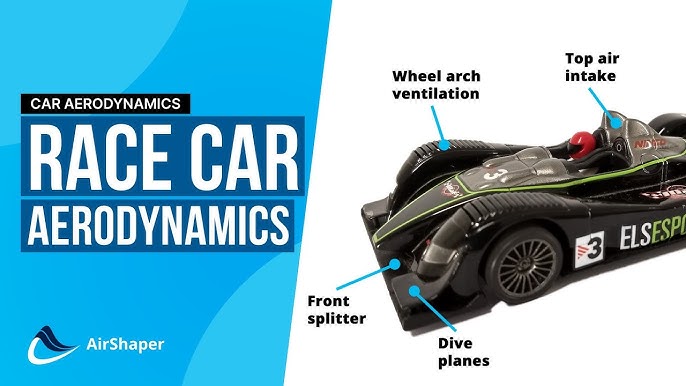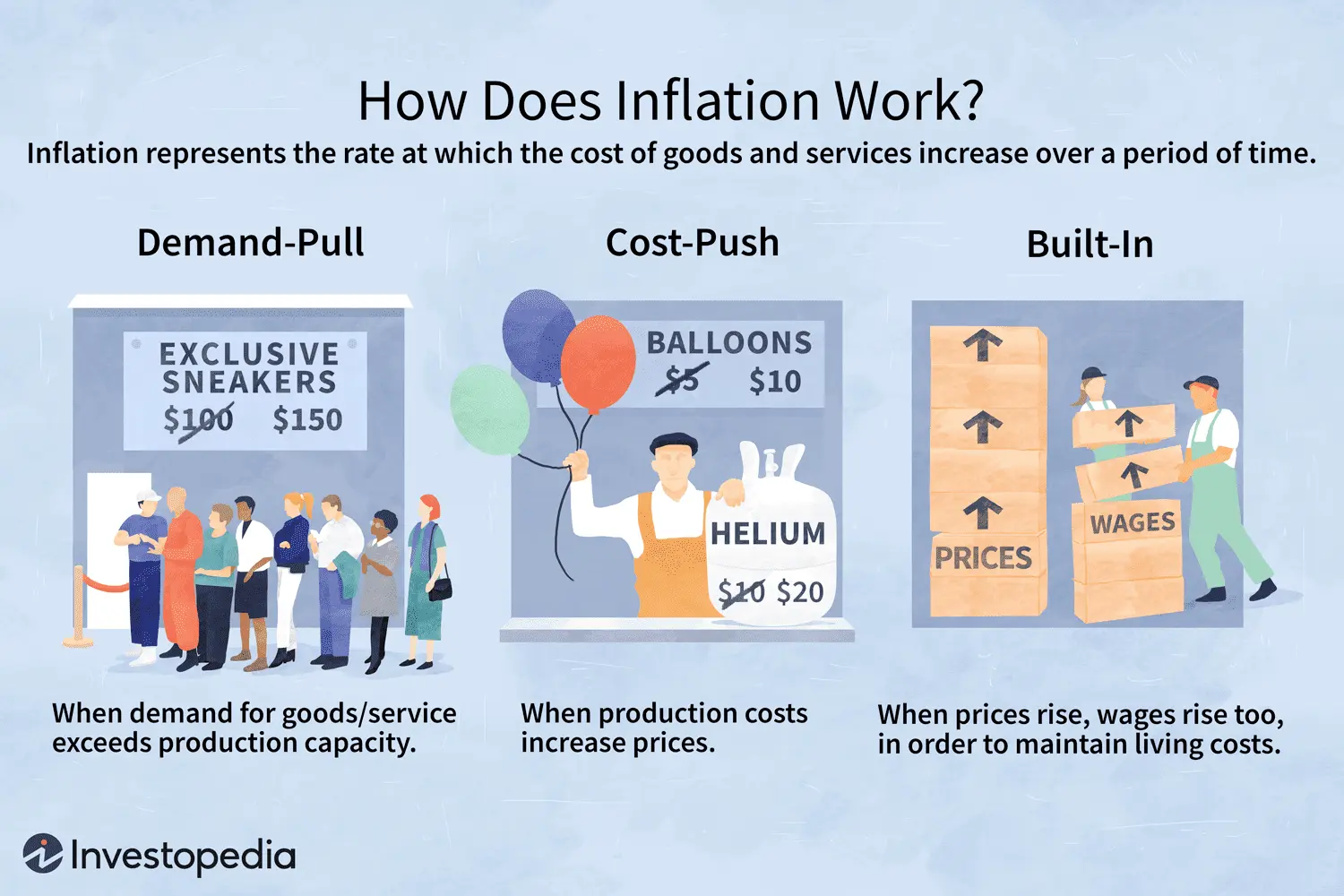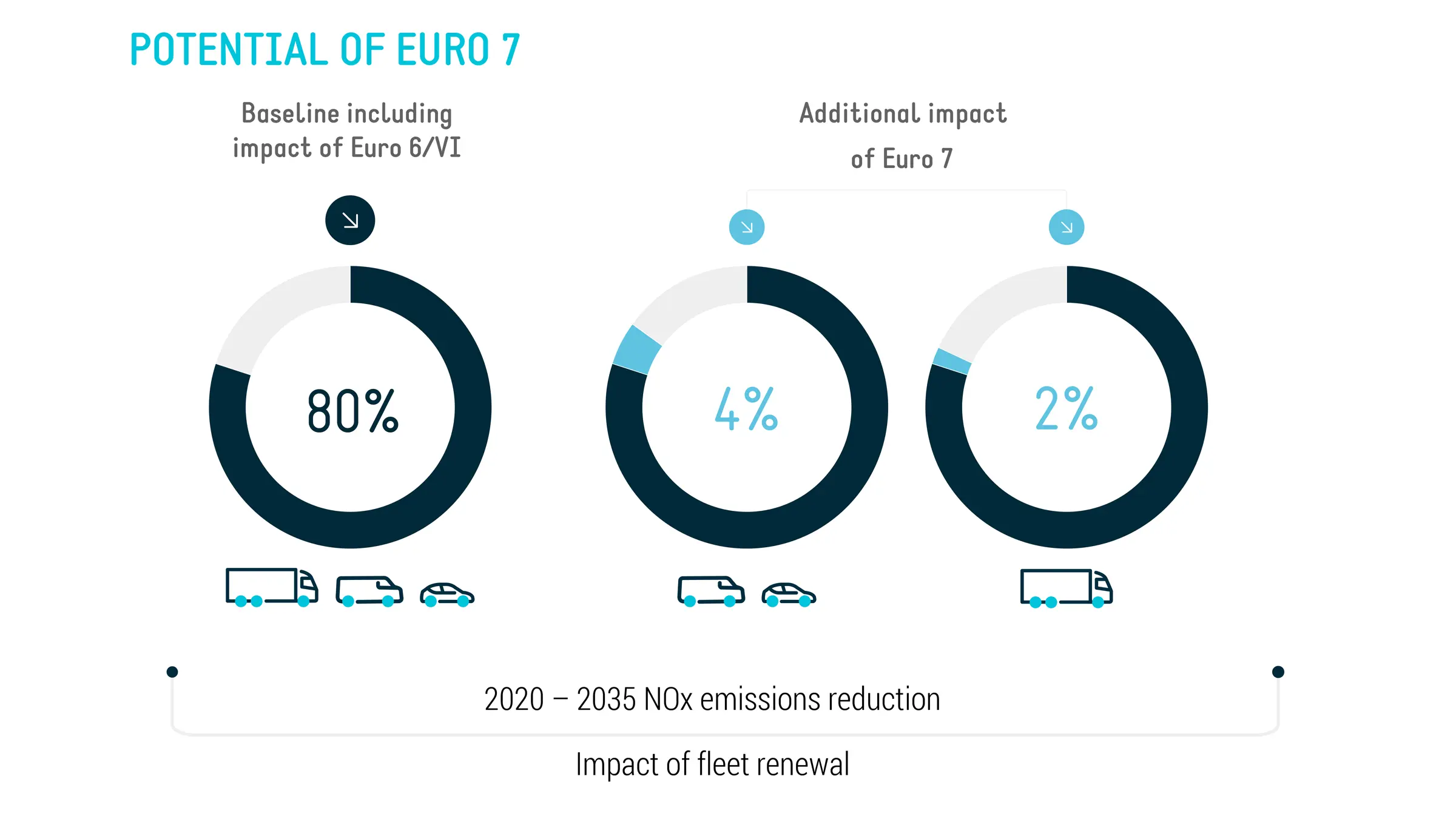Racecar Aerodynamics Explained
Mia Wilson

Photo: Racecar Aerodynamics Explained
Aerodynamics plays a crucial role in the performance of racecars, influencing everything from speed to safety. While the term "aerodynamics" might seem highly technical, it essentially refers to how air interacts with a moving object. For racecars, optimizing aerodynamics is not just about going faster it’s about achieving a delicate balance between speed, stability, and control.
This article dives into the principles of racecar aerodynamics, explores its key components, and highlights why it is an indispensable element in motorsports.
The Basics of Racecar Aerodynamics
At its core, aerodynamics in motorsport focuses on managing air resistance (drag) and enhancing downforce. Drag slows the car down, while downforce pushes the car toward the track, improving grip. The goal of racecar aerodynamics is to minimize drag while maximizing downforce, ensuring optimal performance.
- Drag Reduction: Drag is the air resistance that opposes a car's motion. Engineers design streamlined shapes to reduce drag and allow the car to cut through the air more efficiently.
- Downforce Optimization: Downforce increases the car's contact with the track, allowing for better traction during cornering and braking. Higher downforce often means a more stable car at high speeds.
Key Aerodynamic Components in Racecars
Modern racecars are equipped with numerous features designed to manipulate airflow. These components are meticulously engineered to achieve the perfect aerodynamic balance.
1. Front Splitters
The front splitter is a flat extension located at the car's front bumper. It directs airflow upward and generates downforce by creating a pressure difference between the top and bottom of the car. This helps keep the car stable at high speeds.
2. Rear Wings and Spoilers
Rear wings are perhaps the most iconic aerodynamic elements on a racecar. Positioned at the rear, these structures channel air to generate significant downforce, preventing the car from losing traction at the back wheels. Spoilers, a simpler version of wings, disrupt airflow to reduce lift.
3. Diffusers
The diffuser is located at the rear underside of the car. It speeds up airflow exiting beneath the car, reducing pressure and enhancing downforce. This component works in conjunction with the splitter to optimize ground effect.
4. Canards and Dive Planes
These are small, wing-like appendages found on the front corners of racecars. They provide additional downforce and fine-tune airflow around the car, aiding in cornering stability.
5. Underbody Design
The car's underbody is designed to create a "ground effect." A smooth underbody, combined with a diffuser, ensures low-pressure air flows underneath, effectively sucking the car closer to the track.
The Role of Computational Fluid Dynamics (CFD)
Racecar aerodynamic design has evolved dramatically with advancements in technology. Computational Fluid Dynamics (CFD) is a key tool used by engineers to simulate and analyze airflow patterns around a racecar. This virtual wind tunnel allows designers to test modifications without needing a physical prototype, saving time and resources.
CFD simulations provide insights into:
- Identifying areas of high drag.
- Testing various wing angles.
- Analyzing the impact of airflow on cooling systems.
The data generated by CFD helps engineers make informed decisions, ensuring each design iteration moves closer to the ideal aerodynamic setup.
Balancing Aerodynamics and Engine Performance
While aerodynamics is critical, it must complement other performance factors, such as engine power and mechanical grip. Overemphasizing aerodynamics can lead to trade-offs, such as increased weight or reduced top speed due to excessive downforce.
The Importance of Balance
- High-Speed Tracks: At circuits like Monza or Daytona, minimizing drag is prioritized to achieve higher top speeds.
- Technical Tracks: At tracks with numerous turns, such as Monaco, maximizing downforce is essential for stability and cornering performance.
Striking this balance is what sets top-tier racecars apart, enabling them to perform consistently across diverse racing conditions.
How Aerodynamics Impacts Driver Experience
Aerodynamics not only affects the car’s performance but also influences the driver’s ability to control the vehicle. A well-designed aerodynamic package ensures predictable handling, allowing drivers to push the car to its limits confidently.
- Reduced Turbulence: Efficient aerodynamic design minimizes turbulence, improving stability at high speeds.
- Enhanced Cornering: Downforce allows drivers to take corners at higher speeds without losing control.
- Improved Fuel Efficiency: Reduced drag leads to better fuel efficiency, a critical factor in endurance races like Le Mans.
Innovations in Racecar Aerodynamics
The relentless pursuit of speed has led to groundbreaking innovations in aerodynamics. Here are some notable advancements:
- Active Aerodynamics: Modern racecars feature adjustable aerodynamic components that change based on speed and conditions. For example, the Drag Reduction System (DRS) in Formula 1 allows drivers to reduce drag on straights, boosting speed.
- Hybrid Aerodynamics: Combining traditional mechanical components with electronic systems, hybrid setups enable real-time adjustments to airflow.
- 3D-Printed Parts: Additive manufacturing allows teams to create intricate aerodynamic parts quickly, enabling rapid prototyping and testing.
Practical Applications Beyond Motorsports
The principles of racecar aerodynamics have transcended motorsports, influencing everyday vehicle design. Modern cars incorporate aerodynamic elements to improve fuel efficiency, stability, and safety.
- Electric Vehicles (EVs): Aerodynamic efficiency is crucial in EVs to maximize range by reducing drag.
- Passenger Cars: Features like smooth underbodies and rear spoilers are borrowed from racecar designs to enhance road performance.
Conclusion
Racecar aerodynamics is a fascinating blend of science, engineering, and innovation. By meticulously managing airflow, teams unlock unparalleled performance, allowing racecars to dominate on the track. From reducing drag to optimizing downforce, every element contributes to the ultimate goal: faster lap times and enhanced stability.
As technology continues to evolve, the future of racecar aerodynamics promises even more exciting developments. Whether you're a racing enthusiast or simply intrigued by the science behind speed, understanding aerodynamics offers a deeper appreciation for the intricate art of motorsport engineering.
For You
View AllExplore the meaning of inflation, its causes, and how it impacts your finances. Stay informed about the economy today!
Mia Wilson
Understand the security features of blockchain and how it protects your data.
Mia Wilson
Maximize your solo travel experience with these must-have digital tools and apps. Plan, navigate, and connect like a pro!
Mia Wilson
Make family vacations affordable with these budget travel hacks. Enjoy fun trips without breaking the bank!
Mia Wilson
Escape to exotic adventure destinations that promise unforgettable experiences. Explore lush jungles, deserts, and islands filled with thrill!
Mia Wilson
Understand Euro 6 emission standards and their impact on car manufacturing and air quality. Stay informed on environmental policy!
Mia Wilson
Education
View All
May 8, 2025
How Does Technology Affect Education?
Discover how technology is transforming education, enhancing access, and reshaping classrooms. Explore its impact now!

April 17, 2025
What Is Secondary Education? Explained!
Learn about secondary education, its structure, and its role in shaping academic and career paths. Get insights today!

April 14, 2025
What Is Physical Education? Explained!
Discover the importance of physical education, its benefits, and why it's crucial for overall development. Learn more now!





